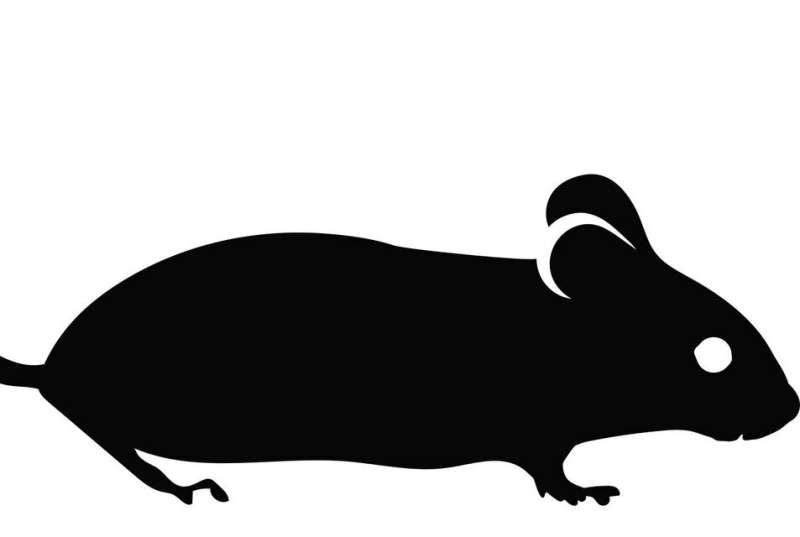In mice, cadmium exposure during pregnancy linked to obesity in female offspring

In a mouse study aimed at modeling human exposure to the toxic metal cadmium, researchers from North Carolina State University found that female offspring of mice exposed to cadmium during pregnancy became obese in adulthood, developed fatty livers and could not process glucose normally. Male offspring were not affected in the same way. The study also sheds light on how cadmium exposure could affect mitochondrial function and developmental signaling pathways in the liver.
Cadmium is a toxic heavy metal. Environmental exposure commonly occurs from fossil fuel emissions, smoking, and some food and water sources. It is an accumulative toxin, meaning that at normal exposure levels, exposure must occur over years to produce toxic effects. However, there is compelling evidence in humans that relatively short-term developmental exposure to cadmium may increase risk for obesity and obesity-related conditions such as cardiovascular disease and type 2 diabetes.
To explore the hypothesis that developmental cadmium exposure increases risk of obesity later in life, Scott Belcher, associate professor of biology at NC State, conducted a mouse study that modeled cadmium exposure during human gestational development.
Adult female mice were given cadmium at 500 parts per billion daily via drinking water from two weeks prior to conception through 10 days after giving birth. The dose and duration represented a developmental exposure period equivalent to human gestational development. There were no observed impacts from cadmium exposure on the pregnant mice.
There were 224 male and female offspring analyzed from the cadmium-exposed mothers. At the end of the study, the adult female offspring weighed 27% more and had seven times more fat than unexposed female offspring raised in identical conditions. Additionally, female offspring of exposed mothers had elevated triglycerides, fatty livers with increases in precancerous lesions, and altered responses to glucose. The livers of male offspring were unaffected by the cadmium exposure.
Using RNA sequencing analysis, Belcher and his team found that cadmium was altering mitochondrial functions and causing disruption of retinoid and insulin signaling in the livers of females, affecting pathways that are vital to normal glucose response.
"Essentially the cadmium is knocking out mechanisms that protect the liver from oxidative stress in females," Belcher says. "I was shocked at the extent of the difference in effects on female versus male offspring. We don't know why, but the response to maternal cadmium exposure is absolutely sexually dimorphic in the liver.
"To the best of our knowledge, this work is the first demonstration of an environmental compound acting as both a retinoid disruptor and as a sex-specific delayed obesogen," Belcher says.
The work appears in Toxicological Sciences.
More information: "Gestational Cd Exposure in the CD-1 Mouse Induces Sex-Specific Hepatic Insulin Insensitivity, Obesity and Metabolic Syndrome in Adult Female Offspring" Toxicological Sciences (2020). DOI: 10.1093/toxsci/kfaa154


















